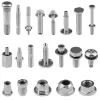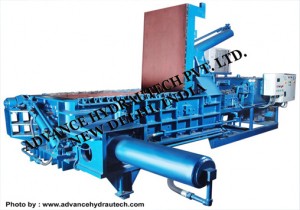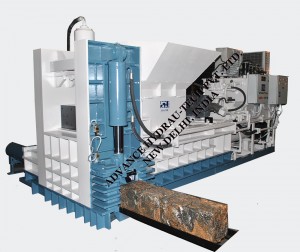There is no denying the fact that in the modern world, plastic has become an integral part of our everyday living. From the moment we wake up in the morning to the time we go back to bed at night, there is hardly any time of the day, when we do not use some or other type of plastic product. However, not many of us are aware of the fact that most of these differently shaped and sized plastic products are essentially created by the single process of extrusion carried out with the help of plastic extrusion machines.
Plastic extruder machines are basically used for mixing a variety of raw materials to create lengths of plastic section, which are more or less continuous. The raw materials used are generally resins made from raw thermoplastic compounds as well as colorants and UV inhibitors. The extruder machine then melts and processes the raw material to essentially fabricate plastic and use it to create diversely shaped and sized products in a quick and easy manner. Plastic extruders are used to create enormous quantities of plastic tubing, trims, seals, plastic sheets and rods everyday and these are then turned into things of everyday need.
It is believed that the first plastic extrusion machine was developed by a man named Roberto Colombo of LMP, in Italy. Most modern plastic extruder machines are made up of a hopper with a feed throat, a tubular barrel, within which a plunger is placed and which is generally heated electrically. There is also a revolving screw, breaker plate and a feed pipe at the end of which there is a die to give the final shape to the extruded plastic. Although every part of the extruder machine is significant in its own way, the revolving screw with varying channel depths and barrel are undoubtedly the heart of the machine. This is because it is here that the raw material is mixed and melted and if these two parts do not work properly or in co-ordination, the extruded plastic will not be useful for making the required products.
The revolving screws used in plastic extruder machines have specific features to ensure proper mixing and melting of the ingredients. They are generally divided into three zones, which are the feed zone, the melting zone and the metering zone. The feed zone essentially brings the raw materials into the extruder and the channel depth is same throughout the length of the zone. Then there is the melting zone with progressively decreasing channel depths, which as the name indicates is used for melting the raw material. The final zone is the metering zone, where again the channel depth becomes constant and is used for melting the last remains of raw material as well as for mixing the molten plastic to a consistent composition and temperature.
Plastic extruder machines help in creating some of the most important things used in modern day living. So the next time you use any plastic object, thank this high efficiency machine that constantly churns out extruded plastic.






